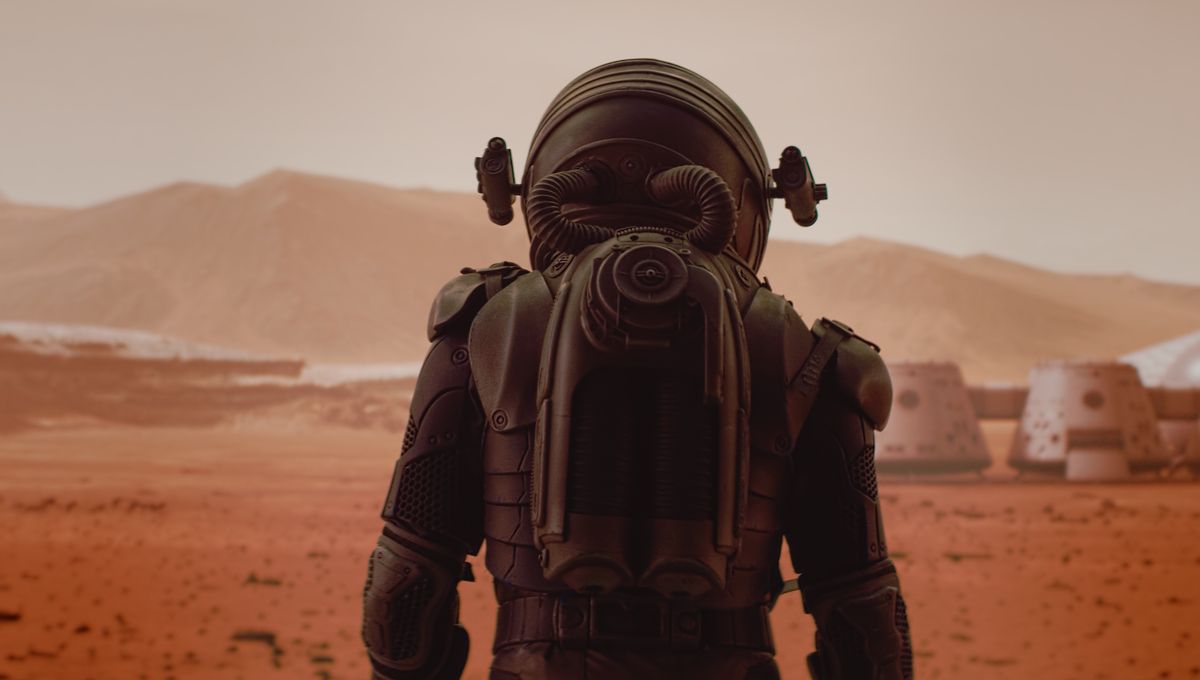Elton John famously crooned, “Mars isn’t the place to raise your kids,” highlighting the inhospitable nature of the Red Planet for sustaining human life due to its lack of essential resources like breathable air. The exorbitant cost of transporting goods from Earth to Mars poses a significant challenge in establishing sustainable human presence on the Martian surface.
Recent advancements by NASA, through the MOXIE experiment aboard the Perseverance rover, have demonstrated the capability to generate breathable air on Mars. Building on this progress, a Chinese research team has showcased the feasibility of producing air on Mars using only indigenous materials available on the planet.
Utilizing an innovative approach, an AI algorithm leveraged data from Martian comets, which share similarities with Earth’s composition, to identify molecules suitable for oxygen evolution reaction (OER) catalysts. These catalysts, powered by solar energy, have the potential to convert Martian water reservoirs into breathable air, despite the limited abundance of water sources on Mars.
Through laser analysis of various Martian meteorites, the AI system successfully determined the composition of potential catalysts, employing Bayesian statistics to pinpoint the most effective candidate. The meticulous calculations involved in selecting the optimal OER precursor from a vast array of possibilities underscored the efficiency of the machine learning system, significantly reducing the time and effort required for such a complex task.
The resulting catalyst exhibited remarkable performance metrics, boasting an electric current density of 10 milliamps per square centimeter and an overpotential of 444.1%. Researchers noted its exceptional durability, capable of continuous operation for over 550,000 seconds under Mars-like conditions without any discernible degradation. This breakthrough innovation, when coupled with sufficient sunlight exposure, could enable Mars habitats to sustainably produce breathable air.
The AI-driven discovery process sifted through thousands of potential solutions, a task that would have taken a human laborer over 2,000 years to complete in just two months. Professor Jiang Jun, a key figure in the research team from the University of Science and Technology of China, expressed optimism about the prospect of establishing an “air shop” on Mars with the assistance of AI-driven chemistry, bringing humanity closer to the realization of Martian colonization dreams.
Looking ahead, the research group aims to harness the capabilities of AI chemists to address challenges in biochemical discovery on Earth, leveraging the groundbreaking advancements made in Martian air production for broader scientific applications.






